Pixels and binary digits assessment
They explain how the image is made up of binary digits that represent each pixel. Students represent 8 colours using binary digits. Teachers assess the student’s demonstrated knowledge/skills using the checklist provided.
Additional details
| Year band(s) | 5-6, 7-8 |
|---|---|
| Content type | Assessment task |
| Format | Web page |
| Core and overarching concepts | Data representation |
| Organisation | ESA |
| Copyright | Creative Commons Attribution 4.0, unless otherwise indicated. |
Related resources
-
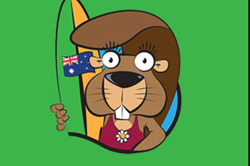
Bebras Mini Challenges assessment
The free Bebras Mini Challenges is a set of short questions, called Bebras tasks.
-
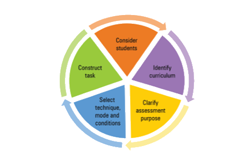
Blueprint for designing and constructing an assessment task
The Assessment and reporting advice and guidelines support teachers to implement and assess Digital Technologies.
-
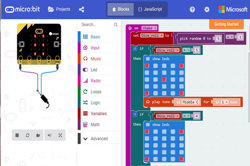
Micro:bit project - Assessment
Students maintain a project log as evidence towards their work on creating a digital solution using the BBC: micro:bit.
-
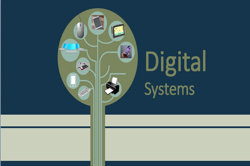
Digital Systems Assessment
Students create a concept map or mind map that demonstrates what they know about digital systems, how different components are connected and the role they play, using the school network as an example.
-
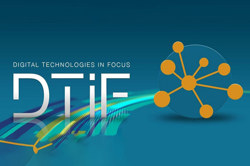
ACARA sample assessment task (7-8)
This sample assessment task has been prepared to assist teachers with the implementation of the Australian Curriculum: Digital Technologies V8.4, with a particular focus on data. Note teachers may adapt this task for Australian Curriculum: Digital Technologies V9.0.
-

ACARA sample assessment task (5-6)
This sample assessment task has been prepared to assist teachers with the implementation of the Australian Curriculum: Digital Technologies V8.4, with a particular focus on data. Note teachers may adapt this task for Australian Curriculum: Digital Technologies V9.0.
-
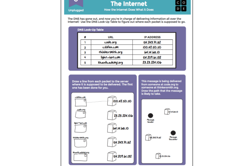
Computer Science Fundamentals
Computer science fundamentals is a series of lesson plans by Code.org, for teaching computer science to primary students with and without computers.